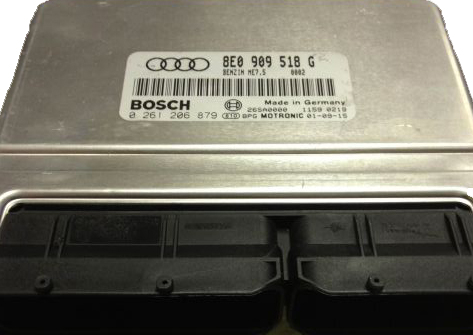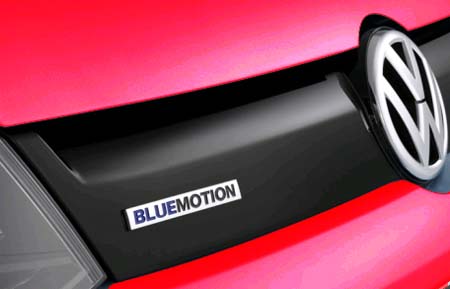EPC DEMYSTIFIED IN THREE PARTS
PART 1
In response to the hoards of queries I recently received and the abundance of confusion there is out there about EPC (Electronic Power Control); and in reply to the thousands of e-mails I received regarding EPC (Electronic Power Control) that I haven’t been able to reply to as yet nor will ever be able to, I decided to dedicate the next few episodes of my blog to explaining the EPC (Electronic Power Control) problem many VW drivers and VW owners are having with their cars as if they were two year olds. (Not that two year olds can relate the subject at hand).
I have explained EPC in previous blogs, namely EPC light revisited explained and EPC why-engine-light-comes-on, however, I am going to elaborate on the EPC (Electronic Power Control) concept and demystify it for the benefit of all these people mentioned above and all those destined to encounter this problem at some time or the other. The question is not if you will encounter an EPC problem but rather when you going to encounter an EPC problem, its just a matter of time. Be that as it may, for the sake of simplicity, and by analogy, I'm going to compare the workings of the EPC (Electronic Power Control) in a car to that of a PC (personal Computer) which in my humble opinion will aid understanding. So here goes....
Electronics as a whole has intrinsically influenced human life globally, especially since the advent of the silicon chip. Through the evolution of said silicon chip, Microprocessors have become so common place, that it finds itself in virtually every modern day technological advancement from computers to televisions, cell phones to cameras, medical equipment to the very cars we drive, to mention but a few. As a result virtually everyone out-there, has heard of, or are familiar with the terms microprocessor, microcomputer or just computer, and as such, it establishes a basis to discuss familiar concepts. Most people in the "Secular World" either owns a computer or uses computers and accordingly have some understanding of its hardware and its software, and how well these complement each other and seamlessly work together. I mentioned this purely in preparation to my assertion that follows. However, all those non-technical and all-thumbs people and those who say "you don't have to know how an engine works in order to drive a car", are totally excused.
EPC for Hands-on Dudes, Savvy Ladies and other pragmatic people.
Computers can roughly be subdivided into building blocks, each of which is responsible for a specific function or a collection of functions. As such a combination of these specific functions gives rise to the correct and proper functionality of the computer or computer based device. For instance, the computer hard drive functions as the storage unit that holds the operating system, application programs and user data. The DVD Rom, serial port, keyboard and mouse acts as input devices. Whereas and the speakers, printer & screen act as output devices, doubling-up as the interfaces of information interchange between man and machine (computer). The motherboard houses the CPU (central Processing Unit / Microprocessor chip) it ancillary / auxiliary timing chips, control and data buses, RAM and sub circuitry for AGP, PCI, MR1, PCMCIA, USB, Ethernet, Fire wire, parallel connectivity, etc. When all these specific components play together nicely, we are guaranteed a fully functional computer and a happy computer user.
Likewise the car can be subdivided into building blocks each responsible for a specific function. In this instance, the engine is the source of propulsion which delivers it to the rest of the drive train. The instrument panel, the steering wheel, the transmission and the braking system constitute some of the input and output devices, also doubling-up as the interfaces of information interchange between man and machine (car). The electrical system; the ECU (Motronic control unit), Control unit within the dash, along with its auxiliary modules, oversees the overall timing, sensor, actuator, control and data bus, as well as block components like the Radio, air conditioner and central locking etc. Once again, when all these discrete components play nicely together, we have a perfectly functional car and a happy driver / owner. More...



